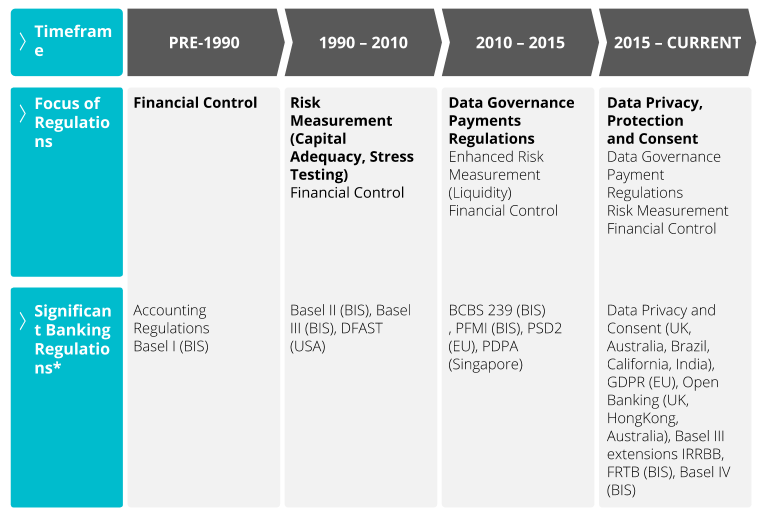Technology strategy
Part 1: Understanding the implications of Open Banking on the financial services industry


Disclaimer: The statements and opinions expressed in this article are those of the author(s) and do not necessarily reflect the positions of Thoughtworks.



